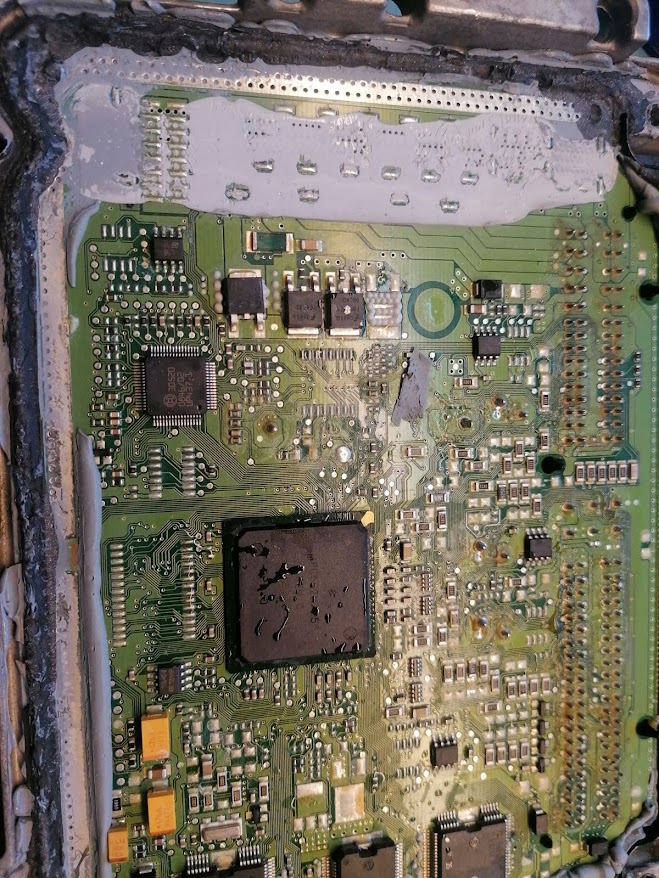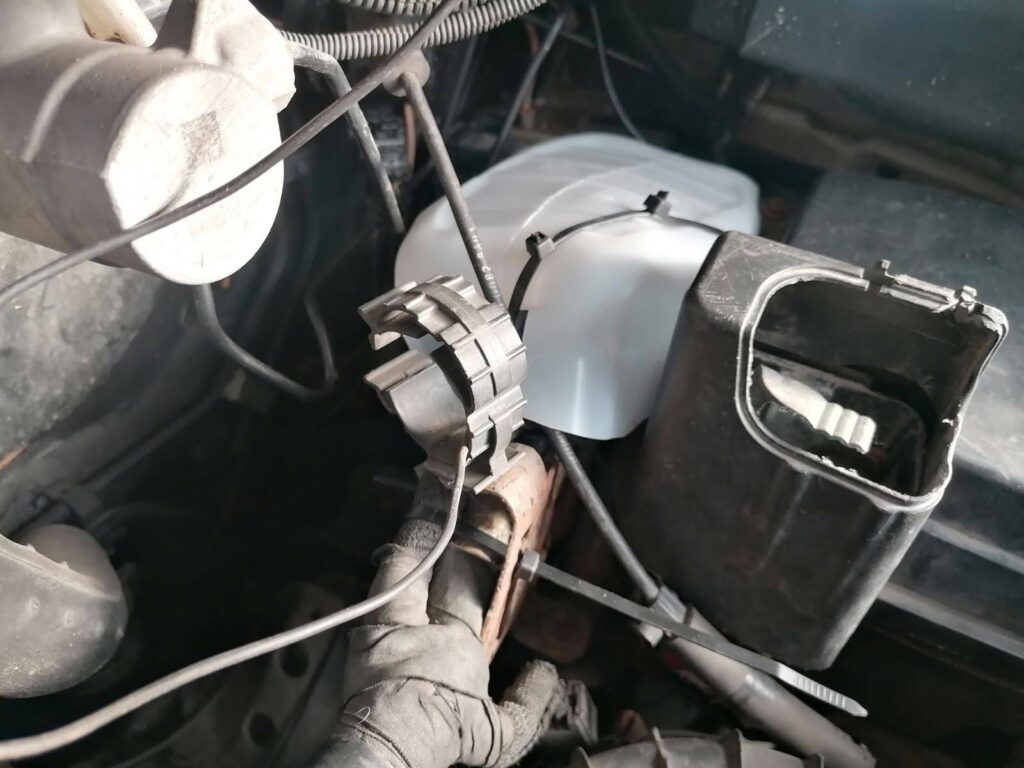Water intrusion from the windshield
The main reasons for ECU failure in Fiat vehicles are related to a range of external factors that negatively impact electronic components. One of the primary issues for Fiat models is water intrusion from the windshield into the engine compartment. During rain, car washes, or snow melting, water can flow directly onto the ECU, often leading to malfunctions. When moisture enters the ECU casing, it causes corrosion and short circuits, which can significantly impair engine performance or even render the unit completely inoperative.
Temperature fluctuations and condensation
Another critical factor is rapid temperature fluctuations. In colder seasons, when air temperature shifts dramatically throughout the day, condensation forms on the ECU’s internal boards, gradually accumulating and damaging the circuitry. These temperature variations increase the risk of short circuits and can severely disrupt the ECU’s function.

Voltage fluctuations and electrical surges
Voltage fluctuations also commonly lead to ECU failure in Fiat vehicles. These fluctuations can occur during rapid startups, from a faulty alternator, or when operating with a low battery. Such power surges can damage the electronic components inside the ECU, which are designed for stable voltage. Sudden spikes can cause overheating and ultimately lead to system failure.
Mechanical impact and vibrations
Mechanical impact also plays a significant role in ECU issues. Fiat vehicles, like others, experience vibrations and shocks when driving on uneven roads. These vibrations can eventually damage internal components, causing weakened contacts and broken circuits within the ECU.
Protecting your Fiat ECU from damage
To protect the ECU from moisture and other environmental impacts, an additional protective cover can be installed. A practical solution is creating a shield from an old plastic container, which can be cut to size and secured over the ECU to deflect water.
o create a simple, protective cover for your Fiat’s ECU using a plastic container, follow these steps:
Step 1: Choose and Clean the Container
Find an old plastic container or canister with a size that comfortably fits over the ECU. Clean the container thoroughly to remove any dust, residue, or oil, as these could degrade the plastic or harm your ECU if they come into contact.
Step 2: Cut the Plastic Bottom
Using a sharp utility knife, carefully cut out the bottom of the container. This piece will serve as the cover that will shield the ECU from moisture. Be cautious when cutting to maintain a smooth edge and avoid accidental cracks that might weaken the cover.
Step 3: Fit the Cover Over the ECU
Place the plastic cover over the ECU, ensuring it fully shields the unit without pressing down on any connectors or wires. Check that the cover does not interfere with nearby components, allowing airflow to avoid trapping heat.
Step 4: Secure the Cover with Zip Ties
With the cover in place, use zip ties to secure it to nearby mounting points in the engine bay, or directly around the ECU bracket if possible. Tighten the zip ties firmly to prevent movement but avoid over-tightening, which might damage the cover.
This simple, DIY moisture barrier can help extend your ECU’s life by protecting it from rainwater, road spray, and engine bay moisture.


Comments